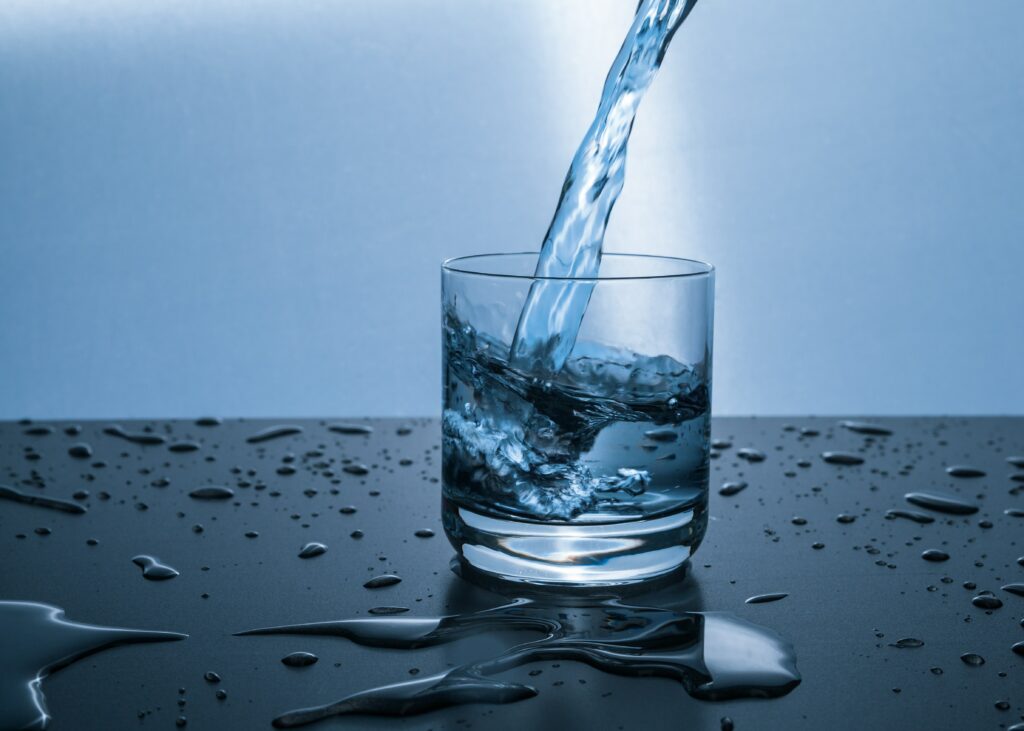
Water is part of our everyday lives, but did you know that there are over 84 million people in the United States who get their drinking water from a source that does not meet federal water quality standards? There are many different contaminants that can leach into our water supply, but most of the bad stuff in our water is invisible to the naked eye. This article discusses both how to test your water quality and some common contaminants with suggested solutions for each.
What is Water Quality?
Water quality refers to how clean or contaminated our water supply is. According to the Environmental Protection Agency (EPA), water should be tested for bacteria, chemical contaminants, metals, and minerals. There are many different organizations that can help you test your water quality, such as the EPA, state health departments, and local water utilities.
How to Test Your Water Quality?
The best way to find out what is in your water is to have it tested. There are many different ways to test water quality, but most of them fall into two categories: lab tests and field tests. Many organizations, such as the EPA and state health departments, do water testing for free or a small fee. Some places to find information about getting your water tested are local water utilities, local health departments, and municipal offices (city hall).
Field tests are simple ways to get an idea of what is in your water without sending it to a lab. There are many different types of field tests, but most involve using some type of filter to collect water from your faucet or well and then testing it for certain contaminants. Field tests are not as accurate as lab tests, but they can give you a general idea of what is in your water.
Lab tests involve sending water samples to a lab for testing. This is the most accurate way to test your water, but it can also be the most expensive. Lab tests can test for many different contaminants, including bacteria, chemical contaminants, metals, and minerals.
Many people choose to have their water tested every year as part of their regular home maintenance. If you choose to have your water tested, it’s a good idea to test for bacteria at least once a year. It takes 24–48 hours for test results to come back from the lab, but you should start seeing improvements within a few days or weeks of fixing a problem with your water.
If your water smells like sulfur, chlorine, or dirt, one of the most common solutions is to install a water filter. There are many different types of water filters, such as pitcher filters and whole house filters.
If your water is cloudy or murky, try to run it through a filter. This will help clear up the cloudiness in the water. If you don’t have a filter for your sink, try using a cheesecloth or coffee filter to strain out any particles in the water.
If your water has a high level of nitrates, you may need to install an ozone generator or a water softener. If your water has a high level of arsenic, you may need to install an arsenic filter.
Many people also choose to install a water filter if they have well water. Wells are not as regulated as public water supplies, so they may have higher levels of contaminants.
Which of the following is a sign of poor quality water?
Poor quality water can be identified by a number of different factors, such as the smell of sulfur, chlorine, or dirt; the cloudiness or murkiness of the water; and high levels of nitrates, chemical contaminants, metals, or minerals. If you are experiencing any of these problems with your water, it is important to have your water tested.












